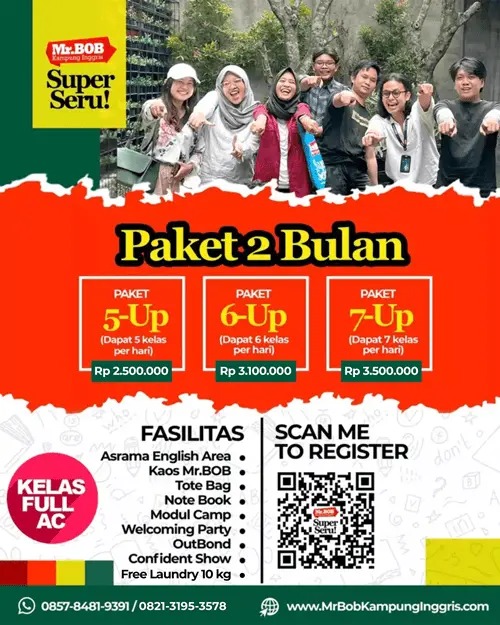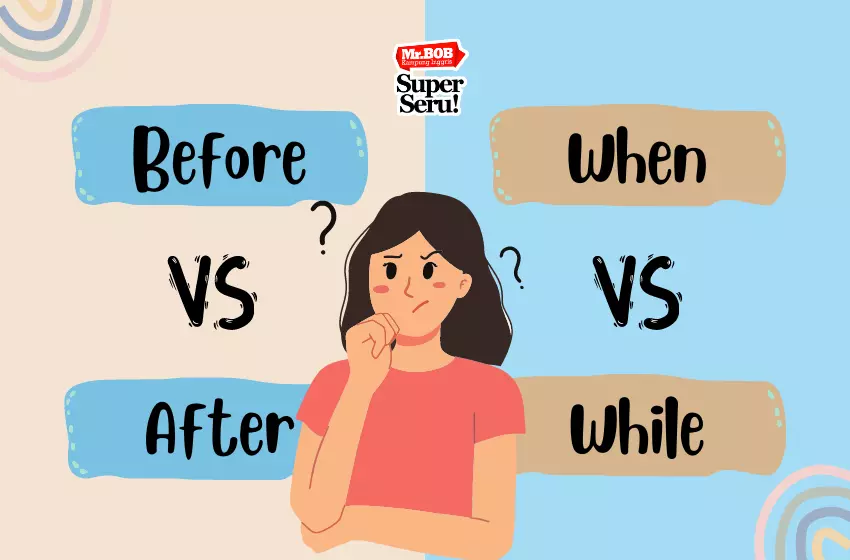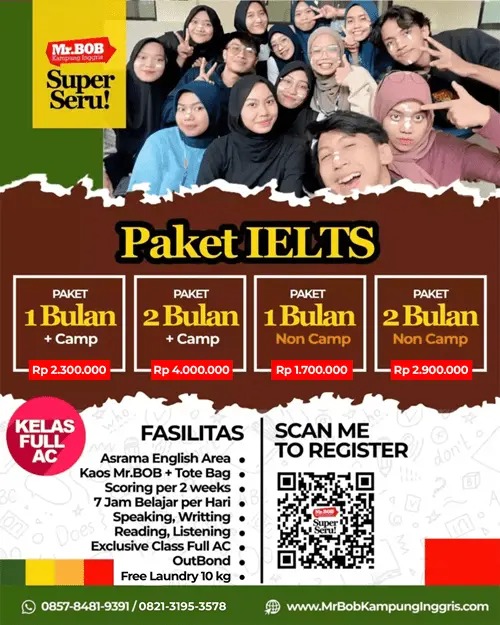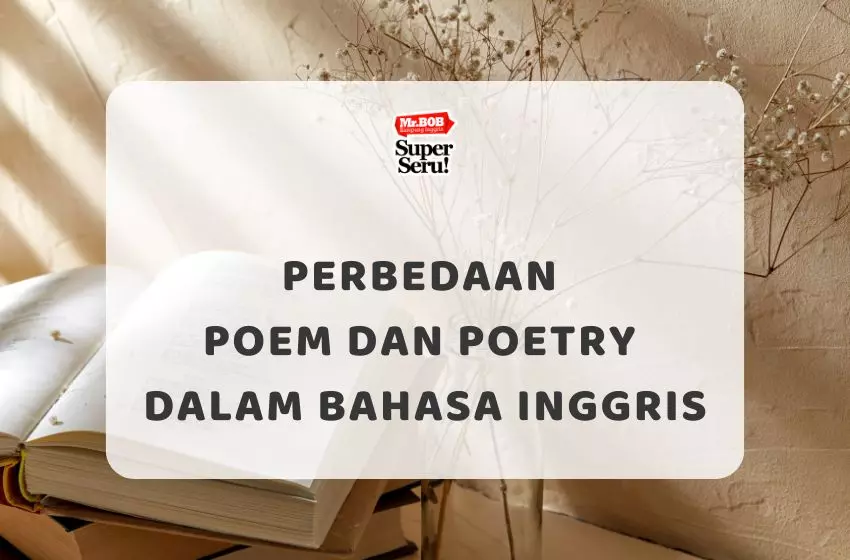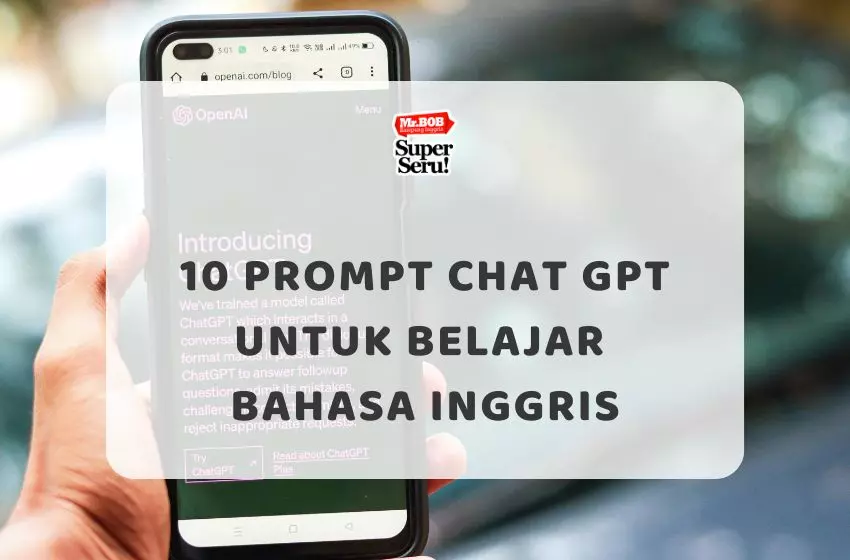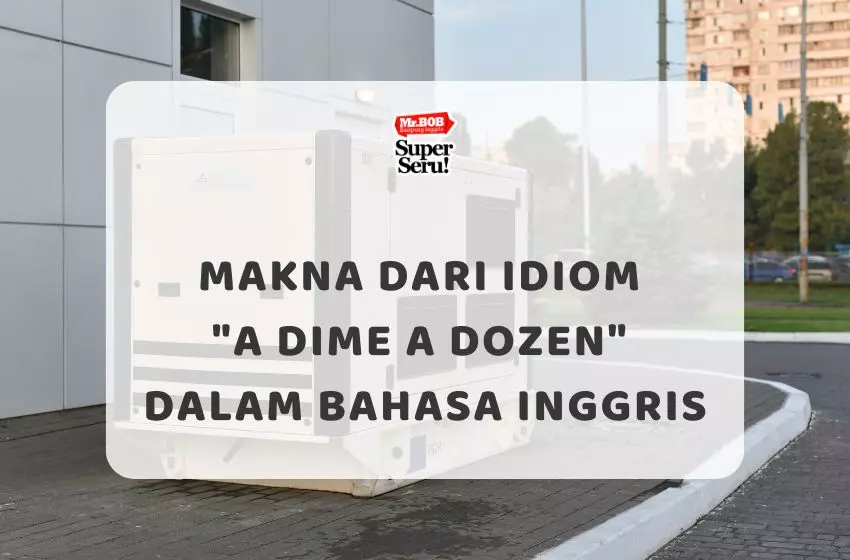Mr.BOB Kampung Inggris – When you’re learning English, one of the first words you probably know is thank you. It’s short, simple, and super useful. But have you ever wondered what the exact equivalent is in Bahasa Indonesia? Or maybe you’re curious about how Indonesians use it compared to native English speakers?
Well, this article will break it all down for you in a way that’s easy to follow. We’re going to talk about the meaning of thank you, how to say it in Indonesian, the different situations where you can use it, and how to sound natural whether you’re speaking English or Bahasa Indonesia. So, let’s dive in.
See more : Cara Memanggil Teman dalam Bahasa Inggris
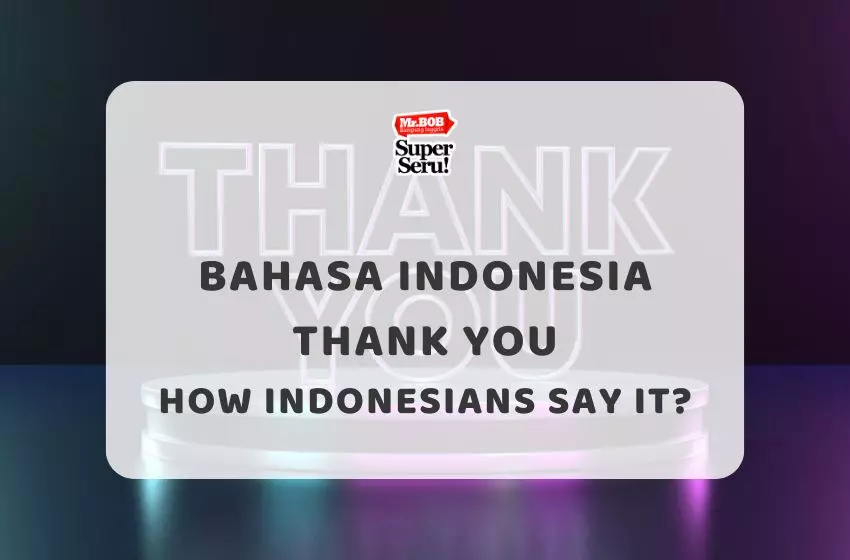
What Does “Thank You” Mean?
The phrase thank you is one of the most basic and important expressions in English. It’s used to show appreciation or gratitude toward someone for something they’ve done, given, or said.
- Example:
Thank you for helping me with my homework.
(Terima kasih sudah membantu saya mengerjakan PR.)
It’s polite, friendly, and works in almost any situation — whether you’re talking to your best friend, your teacher, or even a stranger.
The Bahasa Indonesia Equivalent of “Thank You”
In Bahasa Indonesia, thank you translates to terima kasih. This is the most direct and standard way to express gratitude.
- Example:
English: Thank you for the gift.
Bahasa Indonesia: Terima kasih atas hadiahnya.
Literally, terima kasih means receive love/kindness (terima = receive, kasih = love/kindness). The idea is that you are receiving kindness from someone, and you acknowledge it.
See more : Perbedaan Homographs, Homophones, & Homonyms
Variations of “Thank You” in Bahasa Indonesia
Just like in English where we have variations such as thanks, thanks a lot, or many thanks, Bahasa Indonesia also has multiple ways to say thank you:
- Terima kasih banyak = Thank you very much.
Terima kasih banyak sudah datang ke pesta.
(Thank you very much for coming to the party.) - Makasih (casual/slang) = Thanks.
Makasih ya udah bantuin aku.
(Thanks for helping me.) - Makasih banyak = Thanks a lot.
Makasih banyak udah minjemin bukunya.
(Thanks a lot for lending me the book.) - Terima kasih sekali = Extremely polite way to say thank you.
Terima kasih sekali atas waktunya.
(Thank you so much for your time.)
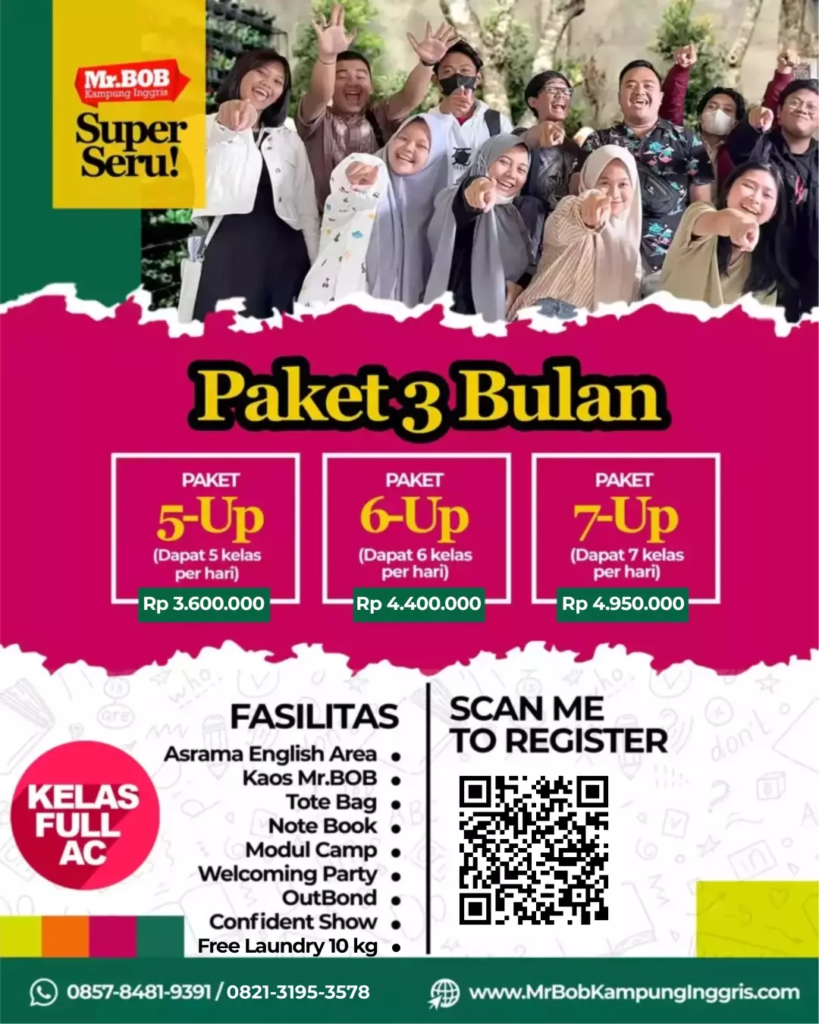
Daftar Paket 3 Bulan di Mr.BOB Kampung Inggris, klik disini.
When to Use “Thank You” in English vs. Bahasa Indonesia
Both languages use thank you (or terima kasih) to express gratitude, but cultural context matters.
- In English-speaking countries, thank you is said frequently, even for very small things. For example:
- When someone holds the door for you.
- When a cashier gives you change.
- When someone passes you the salt at the dinner table.
- In Indonesia, terima kasih is also common, but sometimes people skip it in casual situations, especially with close friends or family. Instead, they might just smile or nod.
Casual Ways to Say Thank You in English
Sometimes thank you sounds a bit too formal for casual conversations. Here are some alternatives:
- Thanks
Thanks for the ride.
(Terima kasih atas tumpangannya.) - Thanks a lot
Thanks a lot for the help.
(Terima kasih banyak atas bantuannya.) - Thanks so much
Thanks so much for the coffee.
(Terima kasih banyak atas kopinya.) - Cheers (common in the UK and Australia)
Cheers, mate!
(Terima kasih, kawan!)
Formal Ways to Say Thank You in English
When you want to sound more professional or respectful, you can use:
- Thank you very much
Thank you very much for your assistance.
(Terima kasih banyak atas bantuan Anda.) - Much obliged (more formal, old-fashioned)
I’m much obliged for your kindness.
(Saya sangat berterima kasih atas kebaikan Anda.) - I sincerely appreciate it
I sincerely appreciate your support.
(Saya benar-benar menghargai dukungan Anda.)
Thank You in Written Form
When writing emails or letters in English, thank you can appear in several ways depending on the tone:
- Thank you for your time.
- Thank you in advance. (when asking for help)
- Thank you for your consideration.
In Indonesian writing:
- Terima kasih atas perhatian Anda.
- Terima kasih sebelumnya.
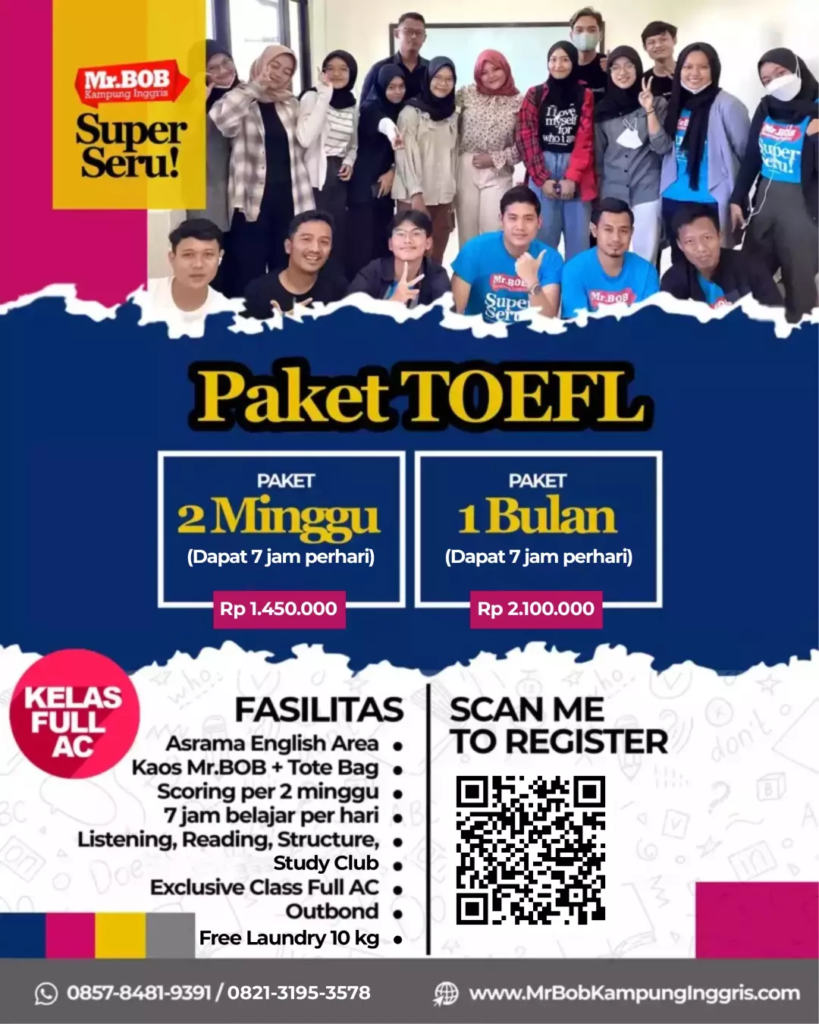
Mistakes to Avoid When Using “Thank You”
Some learners make common mistakes:
- Saying “thank you to” without a subject:
Wrong: Thank you to help me.
Correct: Thank you for helping me. - Mixing “thanks” with “you” in casual tone incorrectly:
Wrong: Thanks you.
Correct: Thank you OR Thanks.
Cultural Tips for Using Thank You
- In English, it’s polite to make eye contact when saying thank you.
- In Indonesia, a smile and a slight nod often accompany terima kasih.
- In formal situations, Indonesians might add honorifics like Bapak/Ibu:
Terima kasih, Bapak/Ibu.
Thank You in Different Languages
Since many Indonesians speak multiple languages, knowing other ways to say thank you can be fun:
- French: Merci
- Japanese: Arigatou
- Korean: Gamsahamnida
Practice Using Thank You
To make thank you sound natural:
- Use it in real conversations daily.
- Try it with different intonations: cheerful, formal, casual.
- Pair it with gestures: a smile, handshake, or wave.
Conclusion / Closing Paragraph
Now you know that thank you in Bahasa Indonesia is terima kasih, and that both languages have a variety of ways to express gratitude depending on the situation. Learning how to say thank you is more than just memorizing words, it’s about understanding when and how to use them naturally.
So, whether you’re chatting with a friend, writing a formal email, or just being polite to a stranger, remember that a simple thank you can go a long way in building good relationships. Keep practicing, and soon saying thank you will feel completely natural to you.
Don’t just read, it’s time to practice! Learning English gets so much faster when you have the right mentor. Check out more articles on our website to boost your knowledge. Follow us on Instagram, TikTok, and YouTube so you won’t miss our daily English tips. And if you’re serious about speaking English fluently, join Mr.BOB Kampung Inggris today. Chat with us on WhatsApp now and start your English journey today!


